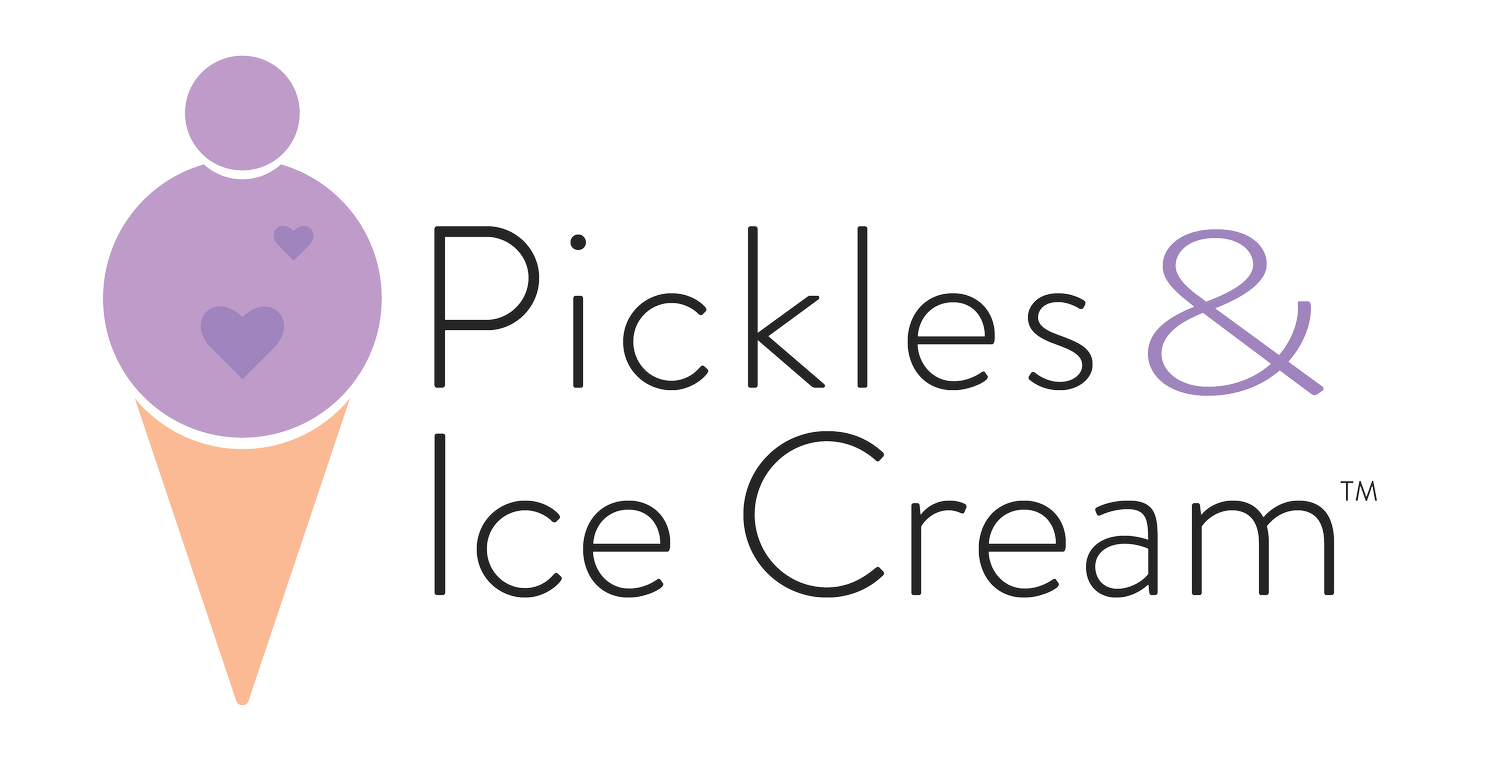The POST-BIRTH Warning Signs
➝ Even very happy times like the birth of your baby can change dramatically.
➝ The POST-BIRTH Warning Signs will tell you or your support partners that something is wrong.
➝ Always listen to your body and call for help if you show any of these POST-BIRTH warning signs.
During those first hours and days that follow the birth of your baby, you need to listen to your body and how it is recovering. Unfortunately, life-threatening problems can slip under the radar. There are red flags you should always be on the look out for. Pickles & Ice Cream® Georgia aims to spread the knowledge of these warnings signs to prepare our Georgia families for the safest birth and postpartum recovery.
Of all the pregnancy-related deaths, 2/3 are preventable.1 Before you give birth, you and your support system should know the POST-BIRTH Warning Signs. Noticing them early on can save your life. Always listen to your body and stay aware of the signs below.
Call 911 If You Experience:
Pain in Your Chest
This could be a heart issue, blood clot, postpartum preeclampsia, or other serious heart or lung problem.2,3
Obstructed Breathing or Shortness of Breath
This is also a sign of a blood clot (or pulmonary embolism), postpartum preeclampsia, or a heart problem getting worse.2,3 Other signs are that you are not able to breathe in deeply, tightness in your chest or throat, or you cannot lay down flat without needing to prop up your head to breathe.2
Seizures
This is a big red flag of postpartum preeclampsia.3 Signs of a seizure include you start to get confused, have a growing anxiety or fear, jerking arms or legs uncontrollably, or have a staring spell.3,4
Thoughts of Hurting Yourself or Your Baby
These feelings can build up. They go from not feeling like a good enough parent to not feeling in control of your life constantly.2 If you begin to have these harmful thoughts or have attempted to act on them, this may be a Perinatal Mood and Anxiety Disorder (PMAD), and you need to seek help.
Call Your Provider If You Experience:
Bleeding Excessively
If you start to bleed through one or more pads an hour or you have clots larger than an egg, this is a sign of hemorrhaging (uncontrolled and too much bleeding).2 Other causes could be bits of your placenta were left inside, a serious infection, or unhealed vaginal injury from birth or labor.2 Read what normal bleeding is on our Bleeding After Birth blog post.
Incision is Not Healing
If you had a C-Section, birth tear, or episiotomy that is not healing or looks infected, check-in with your provider. Tell them any pain, redness or discharge that is not going away or getting worse inside or around the incison.5 Watch our C-Section Aftercare video and read our blog to learn more about caring for your body after a C-Section.
Red or Swollen Leg That Is Warm to the Touch
Compare your legs’ color, size, and temperature. If there is a big difference, call your provider. It is possible there could be a blood clot. This would cause major issues like a stroke or pulmonary embolism.2
Temperature of 100.4°F (38°C) or Higher
A high fever means your body is on high alert. Infections on the outside or inside of your body are possible after an event like labor and birth.2
Headache with Vison Changes
These headaches would be very painful, start suddenly and strong, have a throbbing pain feeling, and makes your vision blurry or dizzy.2 Yet again, this is a sign of postpartum preeclampsia, but could be another health problem to get checked.2,3 Always reach out to your provider or have a support partner do it for you to explain the symptom.
You know your body more than anyone else, and if something seems off or you are experiencing any of these POST-BIRTH Warning Signs, seek help and don’t wait. You can also take our quiz to test your knowledge on these POST-BIRTH Warning Signs.
If you are ever unsure but know you are experiencing some symptoms, better to be safe than sorry. Call 911 or go to the hospital. Visit the CDC’s Hear Her Campaign to listen to stories from real people that were able to get help when they needed it most after birth.
References

